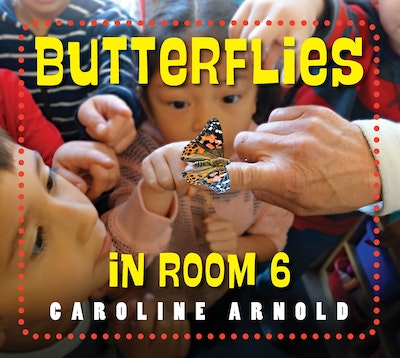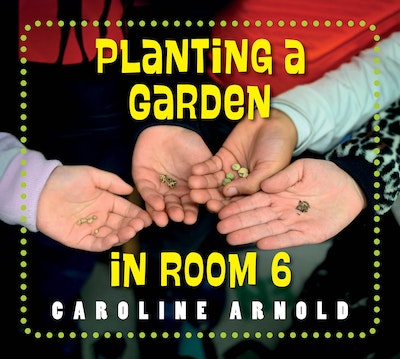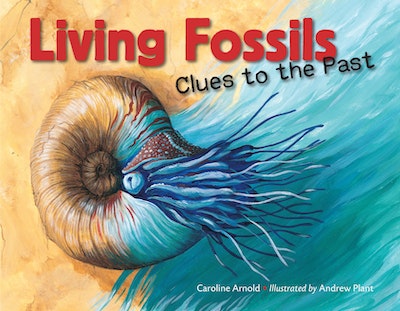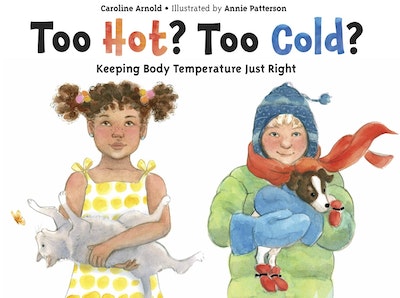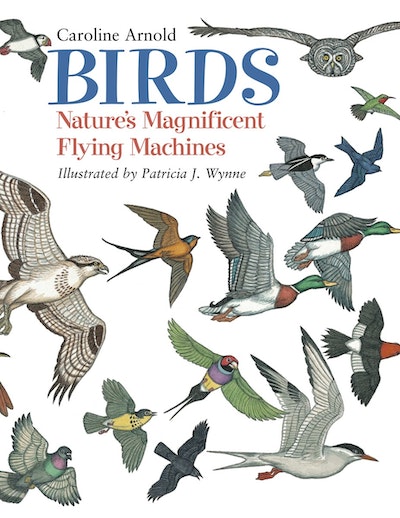[]
- Published: 16 April 2024
- ISBN: 9781623542672
- Imprint: Charlesbridge Children
- Format: Paperback
- Pages: 40
- RRP: $15.99
Butterflies in Room 6
See How They Grow
Formats & editions
Buy from…
- Published: 16 April 2024
- ISBN: 9781623542672
- Imprint: Charlesbridge Children
- Format: Paperback
- Pages: 40
- RRP: $15.99
Praise for Butterflies in Room 6
Praise for Hatching Chicks in Room 6
- AAAS/Subaru SB&F Prize for Excellence in Science Books Finalist
- "A solid look at the butterfly life cycle that will have students asking their own teachers to host caterpillars in their classrooms."--Kirkus Reviews
Praise for Planting a Garden in Room 6
- "Readers are in for a treat as they join Mrs. Best and her kindergarten class for their egg-hatching project, aka the most adorable class project ever."--Booklist
- "With photography to illustrate each step, this is a delighful and informative book."--School Library Journal
